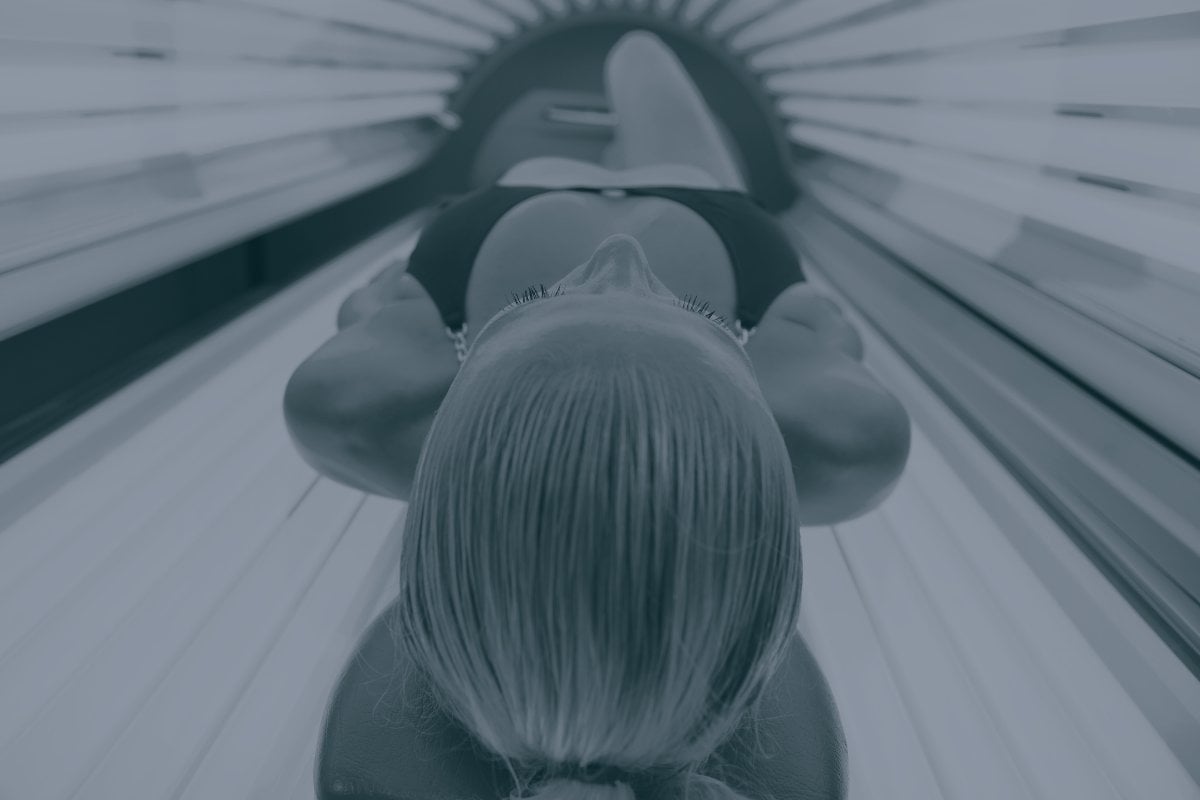
Last year, I met a woman at a party with a deep, streak-free tan. As an eager fake tanner myself, I immediately asked what she used.
"Solariums, babe," she responded. A word I hadn’t heard in years.
In January 2015, commercial solariums were banned across Australia (excluding Western Australia, which banned them in January 2016) because of the serious health risks involved when using them. But even after the ban, many people, including Ali*, are going to dangerous lengths to achieve a tan.
"I’ve probably been using them for five years," Ali told Mamamia.
"I hate fake tan. So I started using them back when they were legal, and then when they became illegal I probably didn’t use one for two years."
After the ban in 2015, covert solariums started popping up in major cities across Australia.
"Once they became illegal they became pretty hard to find, so if you did get into one it was through word of mouth. It would be like one of your friends was using it and you had to go with that friend," Ali said.
"You could never send them a text and say, 'Can I come use your bed?', you’d have to say, 'Can I come have a coffee or something.'
"So I used him on and off. Then he got shut down at the start of last year and I decided to buy my own," she said.
Although commercial solariums are banned, it is still legal to own one in your own home (as long as you don’t charge anyone a fee to use yours). As Ali explained to me, they are easy to buy online and she uses hers regularly.

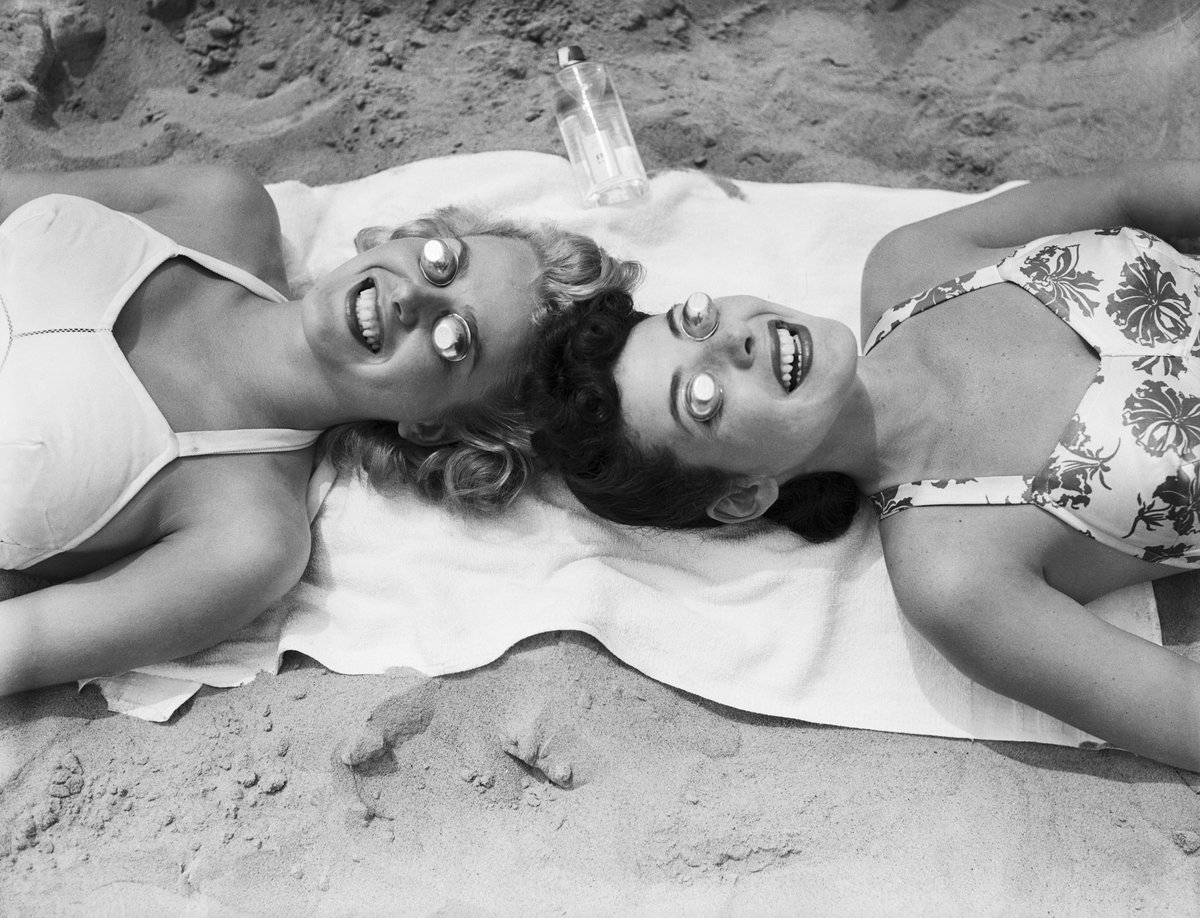
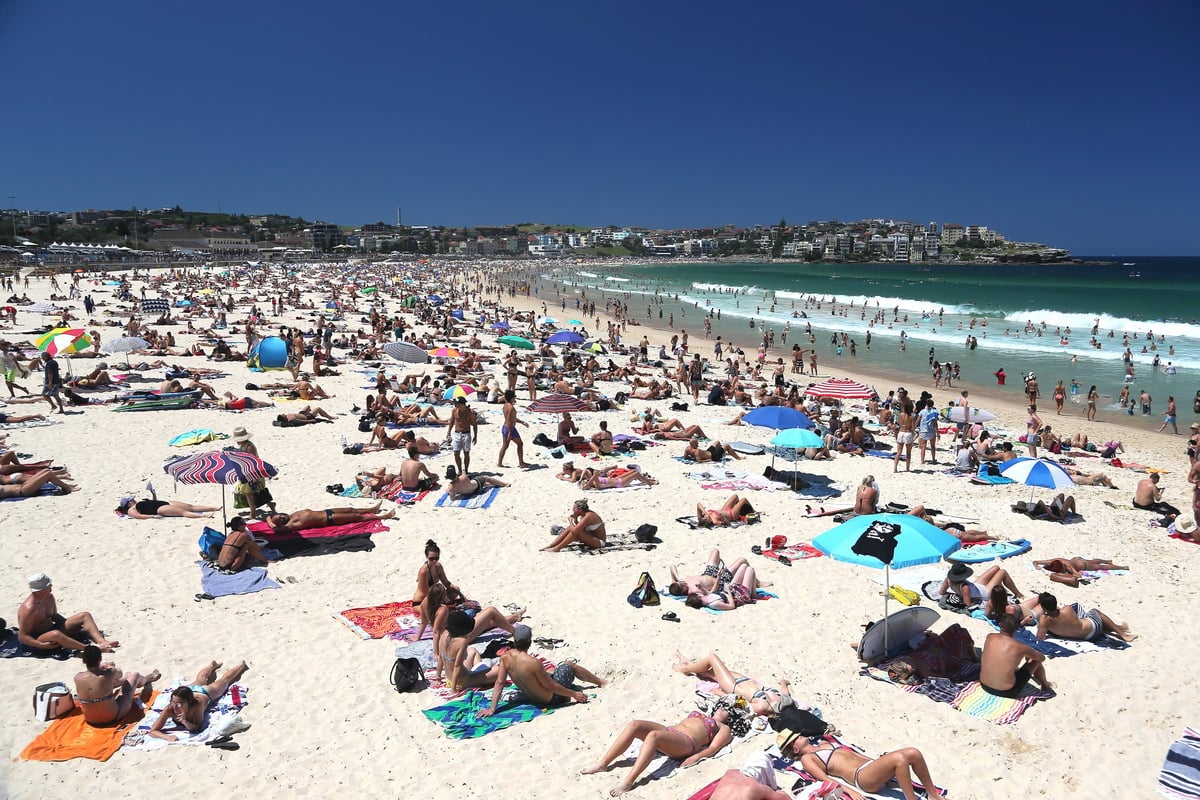
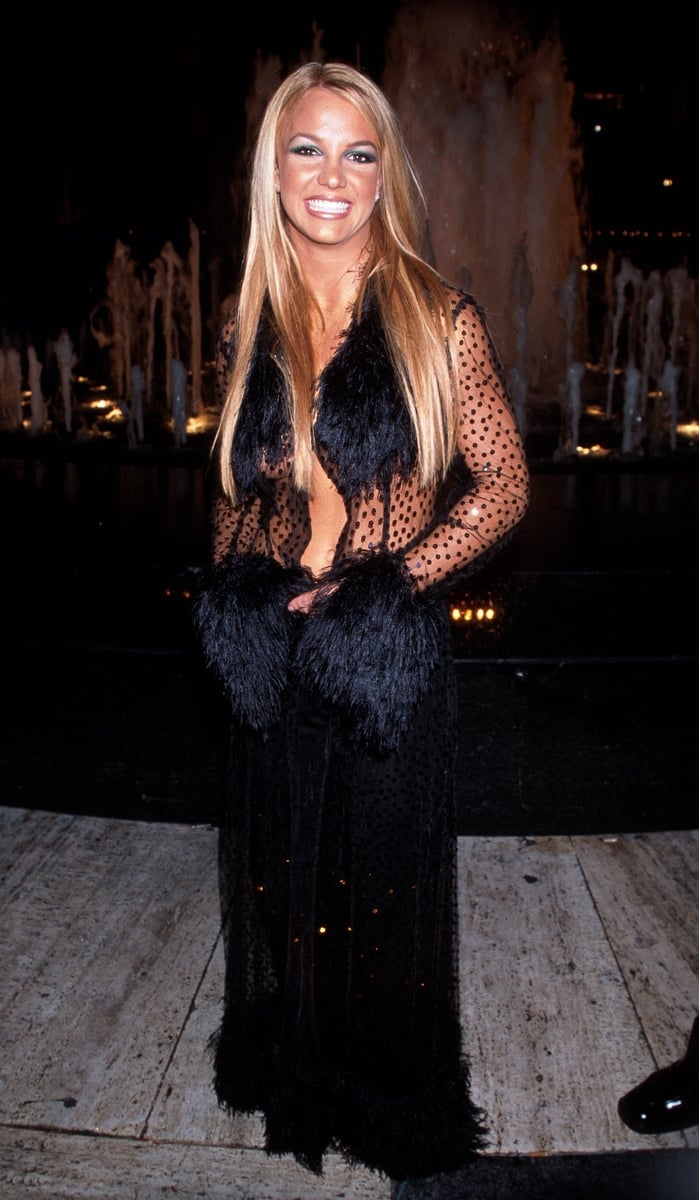


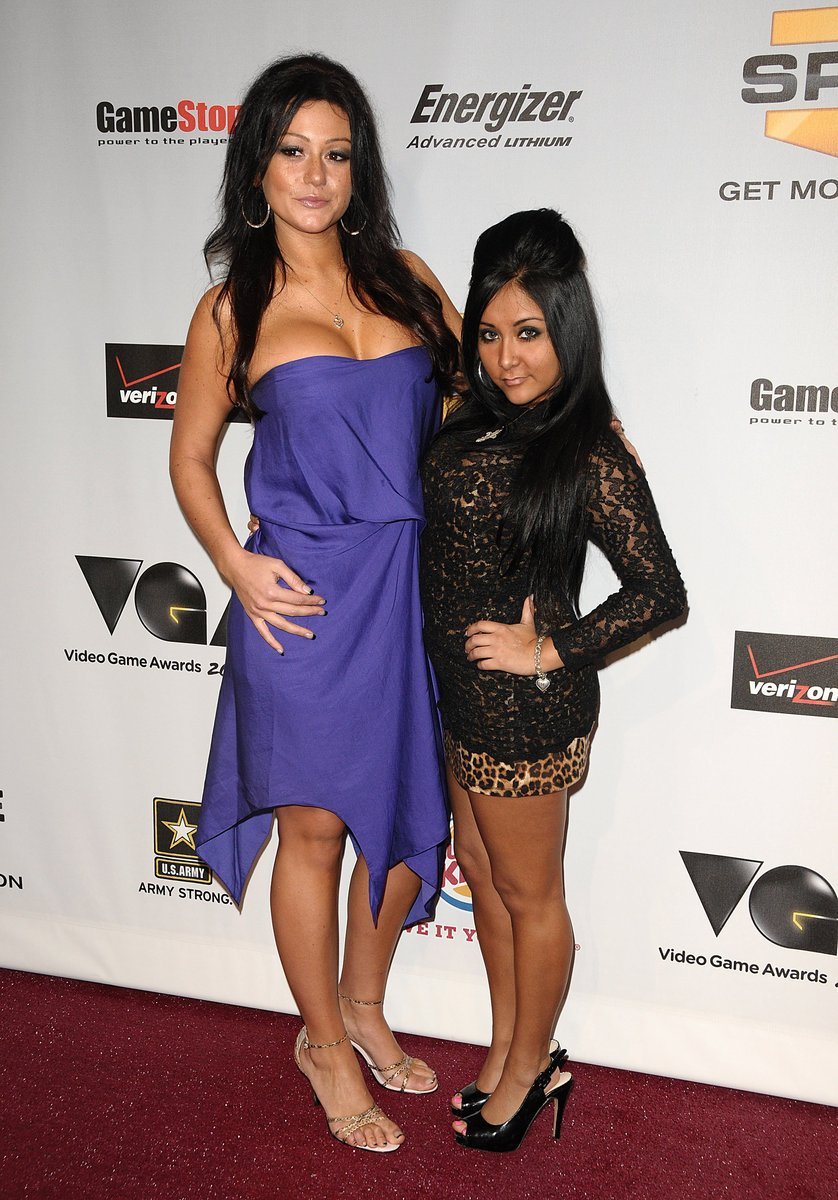
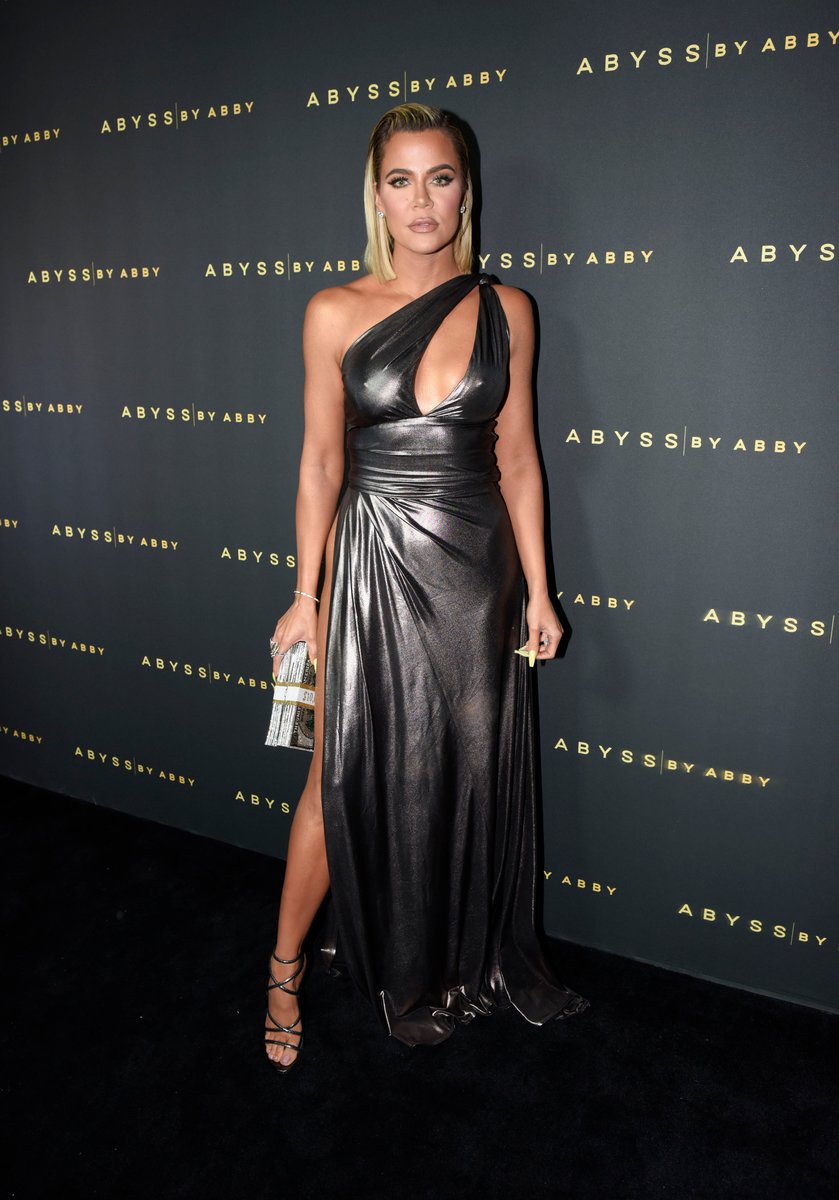
Top Comments